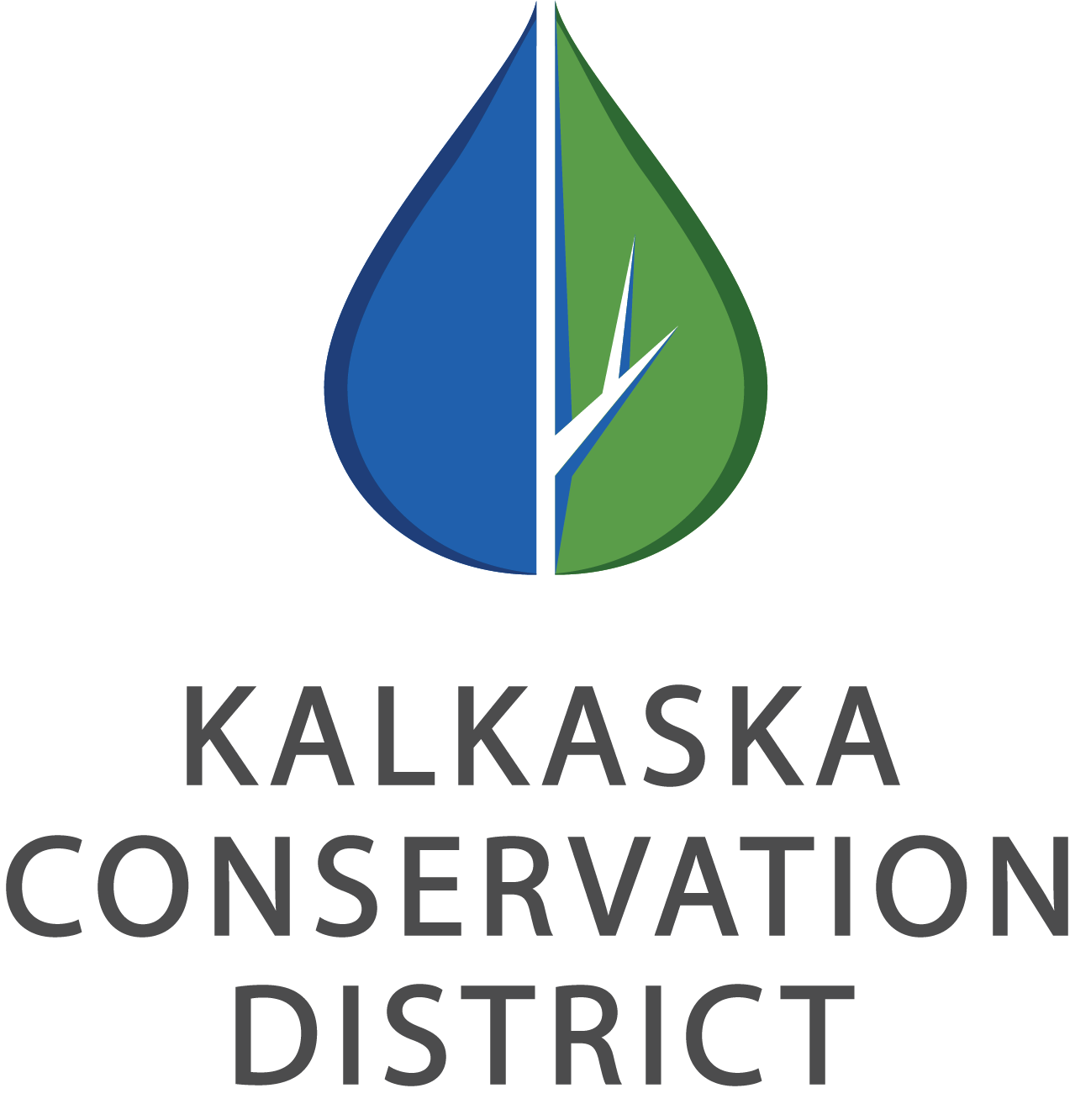Why It’s Usually Colder In January than in December
By Marilyn Shy, Kalkaska Conservation District
We’re already weeks past the winter solstice, aka, the shortest day of the year. One might think that because the shortest day means less daylight hours resulting in potentially less sunlight (even in our cloudy part of the world) that would translate into the least amount of heat energy on that day. And less heat energy would result in colder temperatures, thus, as the days grow longer we would receive more heat energy per day and that would result in warmer days as the days grow longer, right?
Well, not exactly.
Most of the eastern United States (east of the Rockies) generally reaches its coldest day toward the end of January, and some years even into February. This is due in part to cold air flowing south from Canada, which is made colder by the air traveling over snow cover which is reflecting solar radiation away from the earth’s surface.
But this isn’t the only reason for the lag. In addition to the cold Canadian air coming down to chill our temperatures even further, there is a basic fact about the northern hemisphere. If you look closely at a globe, you will notice that our part of the world is covered by 60% water and 40% land. The water acts as a heat sink. It takes more energy to heat the water than it does to heat the land. The water absorbs the heat and thus it takes extra time for the land to warm up. Indeed, the land continues to cool a bit before we can really turn the corner and feel the result of the extra energy coming from the sun.
The National Oceanic and Atmospheric and Administration (NOAA) has a map on its website to show the average date for the coldest day of the year for all of the U.S. for the time period between 1981-2010, indicating that our coldest date usually occurs between January 19-25. However, each year’s coldest day may vary from the normal due to our actual weather and seasonal climate patterns. Compared to 1981-2010, recent years has shown that there has been a small but noticeable shift of the coldest day east of the Rockies to occur 3-6 days later.
And in case you’re wondering about some of the coldest temperatures recorded in the United States and in Michigan, here are the ones for the record books: In the contiguous U.S. that honor is held by Roger Pass in Montana on January 20, 1954 where it was 70 degrees below zero. In Michigan, the state record low is 51 degrees below zero recorded at Vanderbilt on February 9, 1934.
So now you can dazzle your friends with some little known facts, and look forward to warmer and more springlike weather in the weeks and months ahead!



